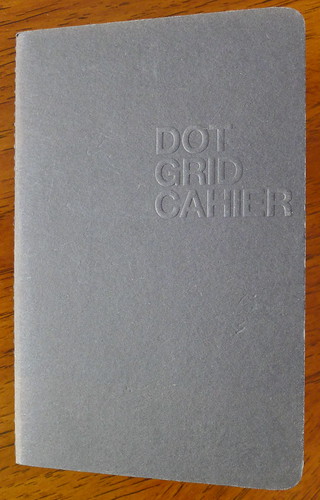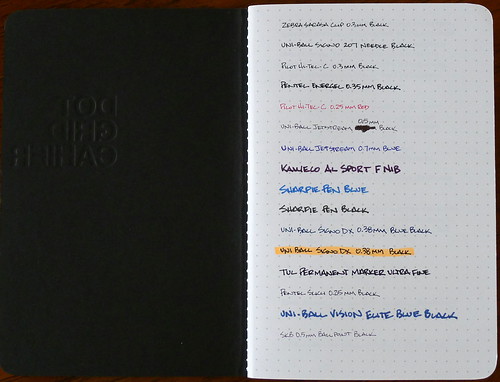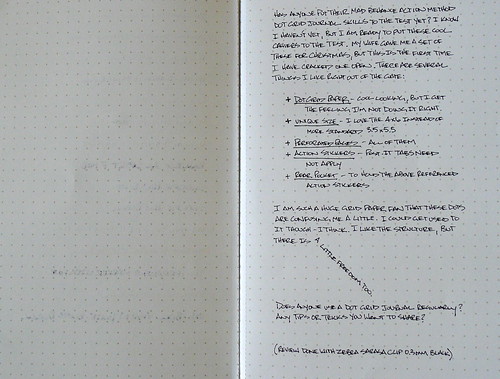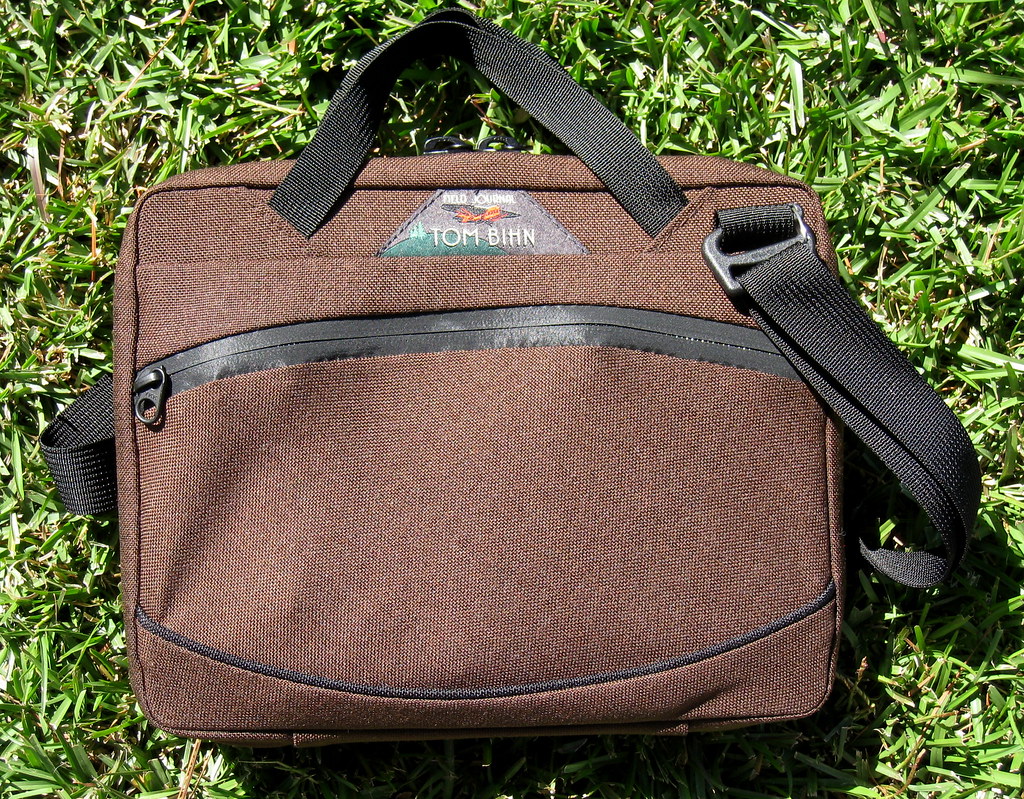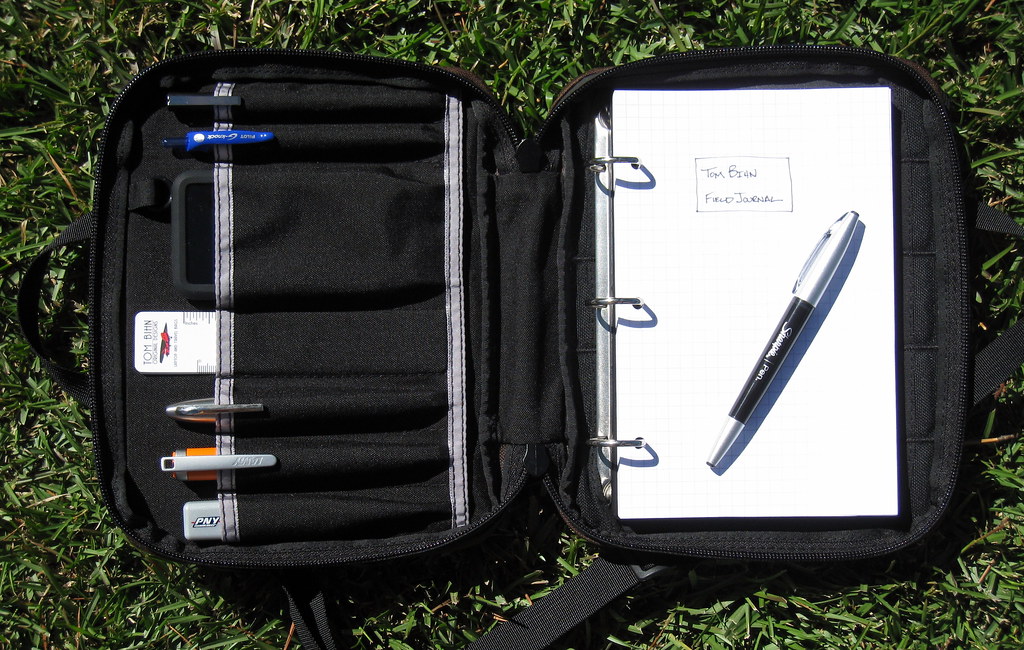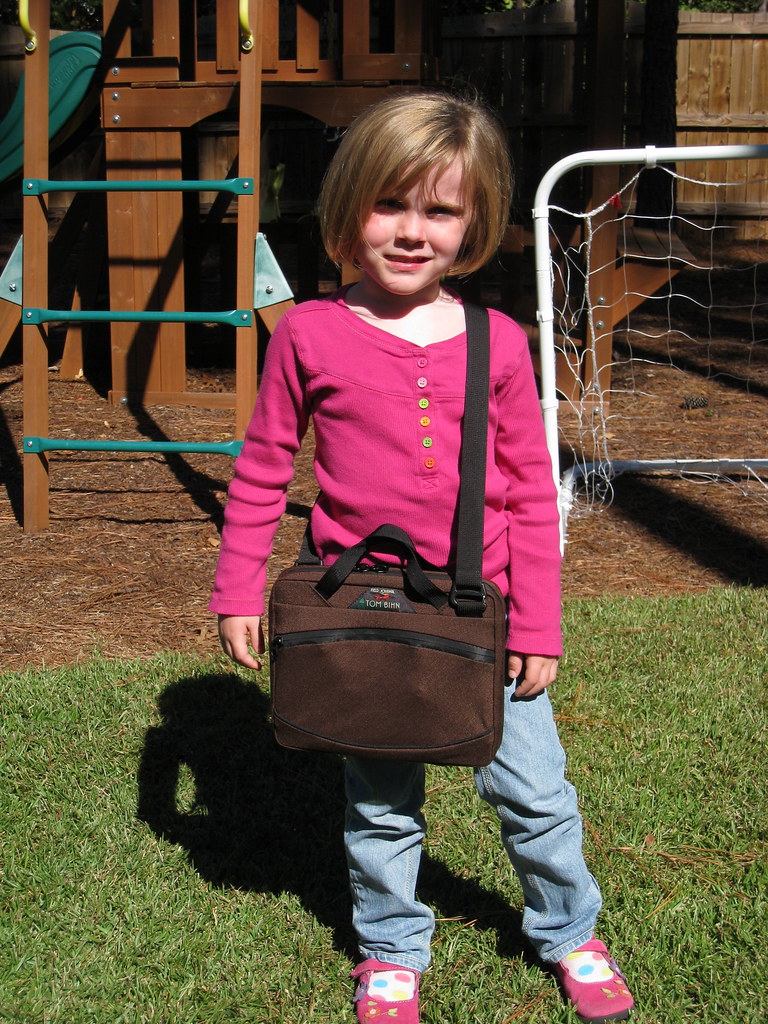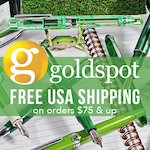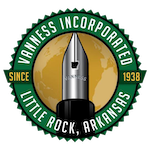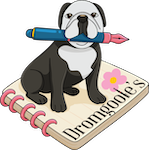Thanks to the team at BookFactory.com for sending me this sample of one of the many lab notebooks they carry. I was really impressed with the quality and the layout of the notebook, but being a lab book, I wanted to make sure it got a good once over in its intended environment. Enter my good pen friend - and favorite lab rat - Bryan, now formerly from Okinawa. Take it away Bryan...

I received this Bookfactory lab notebook sample from Brad "The Pen Addict" Dowdy and I have to say that I am quite impressed with what this little puppy can do! Let's break it down from front to back!
At first glance, this lab notebook looks like just another Moleskine clone, replete with Smyth sewn binding (for durability) and what feels like vinyl over heavy paper backing. However, the differences become obvious when you open up the cover and see the first page. It contains a really interesting lesson on what a lab notebook is, how to keep one and how to properly document ideas and findings. Then, you'll see a table of contents with plenty of space for writing in whatever you like, followed by the taped binding. This part impressed me the most is the heavy stock paper and the thoroughness of the design. You can really see that they crafted this notebook to allow a scientist or engineer or any other professional to get notes and data on the page and do so in a manner that protects the idea or data.

Next up, I tried many different kinds of inks in various fountain pens. I assumed that most writing will be done with a gel or ballpoint pen (and the paper would be chosen specifically for gel or grease ink), so I wanted to check fountain pen ink in case any readers out there like to keep notes with their Lamys (^_^) As you can see on the reverse scan, some inks fare better than others (Noodler's Black being the only Noodler's that didn't showthrough), but the winner seems to be Diamine's Registrar's Ink, which is a permanent iron gall ink that didn't bleed through even with a wet M nibbed fountain pen. Rollerball ink could be expected to perform similarly to most fountain inks, with some performing better than others.

Next, I tried to envision the uses for this kind of notebook. Note that each page is numbered AND there is a space to note the book number, as well. The signature blocks at the bottom are tailor made for patent documentation or scientific data entry verification, so I thought I'd pretend I was a designer and working on a new idea. The grid system isn't so small to be useless, but isn't too large, either. It's like Goldilocks and it's JUST RIGHT! I then picked up a Zebra Surari 4C (available from Jetpens.com!) and went to town on some hypothetical data to show how the grid can be useful in many ways. I can see this notebook being used in various ways. Here are some suggestions: dungeon maps for pencil and paper roleplayers, pixel art mapping, flowcharts, clothing design, language/vocabulary flowcharts, and indexing a collection.

Overall, this book is excellent and I'd definitely recommend this line of notebooks as an alternative to Moleskine notebooks, with a few caveats:
1. The paper is designed for gel or ballpoint, it seems. Your favorite fountain ink might not work well with this and you'll get show or bleedthrough.
2. The black cover, while attractive, isn't good for writing on. You might need labels to catalog books with.
3. A science bench notebook would have to be larger (A4 or 8.5"x11"), but this little A5 size is PERFECT for everyday carry.
When inspiration hits, you don't want to be caught without a notebook. Make sure you're ready for creativity with this notebook.

